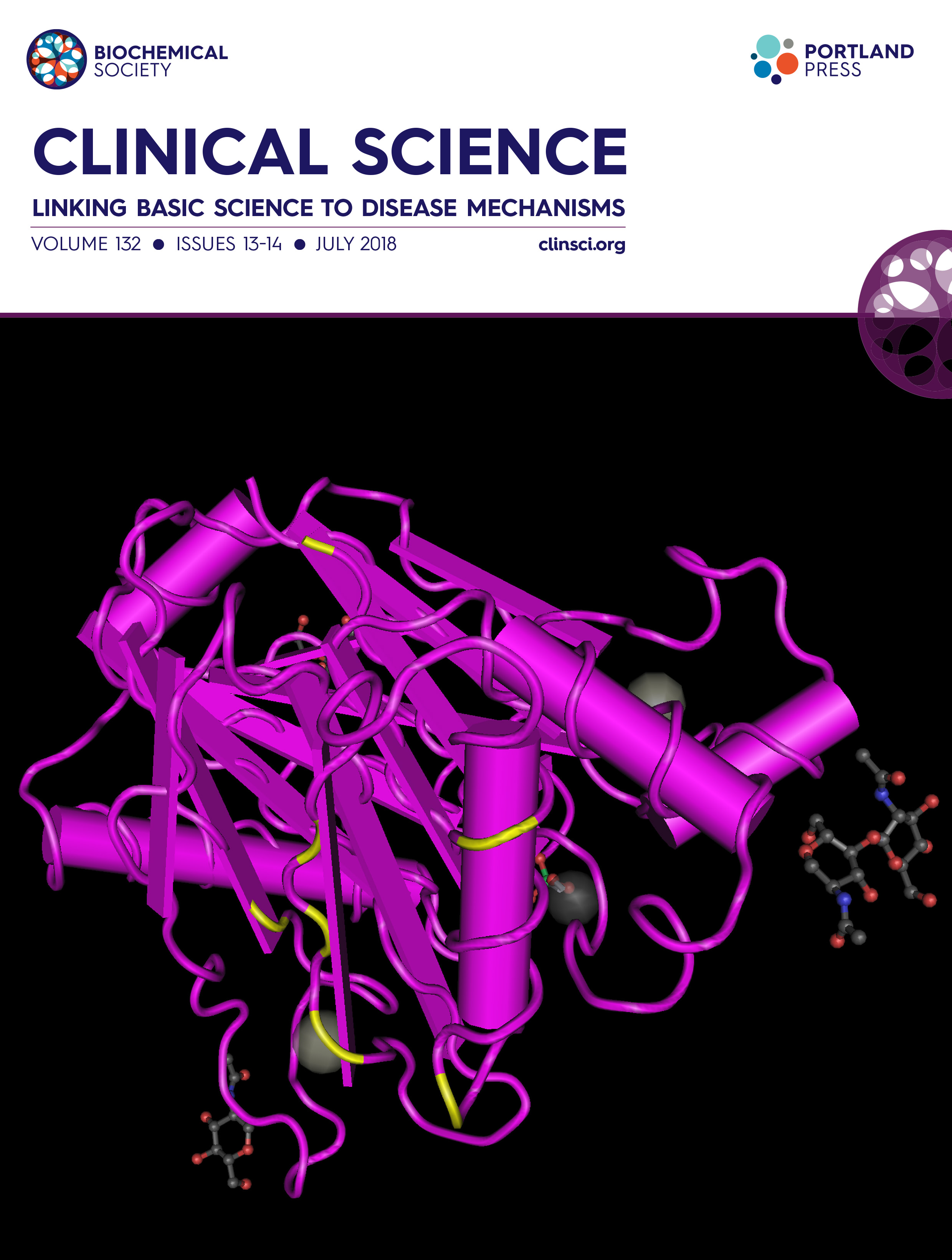
Authors: Magaiver Andrade-Silva, Marcos Antonio Cenedeze, Luiz Augusto Perandini, Raphael José Ferreira Felizardo, Ingrid Kazue Mizuno Watanabe, Juan Sebastian Henao Agudelo, Angela Castoldi, Giselle Martins Gonçalves, Clarice Silvia Taemi Origassa, Patricia Semedo, Meire Ioshie Hiyane, Orestes Foresto-Neto, Denise Maria Avancini Costa Malheiros, Marlene Antonia Reis, Clarice Kazue Fujihara, Roberto Zatz, Alvaro Pacheco-Silva, Niels Olsen Saraiva Câmara, Danilo Candido de Almeida.
Abstract
Acute kidney injury (AKI) is considered an inflammatory disease in which toll-like receptors (TLRs) signaling pathways play an important role. The activation of TLRs results in production of several inflammatory cytokines leading to further renal damage. In contrast, TLRs are key players on autophagy induction, which is associated with a protective function on cisplatin-induced AKI. Hence, the present study aimed to evaluate the specific participation of TLR2 and TLR4 molecules on the development of cisplatin-induced AKI. Complementarily, we also investigated the link between TLRs and heme oxygenase-1 (HO-1), a promisor cytoprotective molecule. First, we observed that only the absence of TLR2 but not TLR4 in mice exacerbated the renal dysfunction, tissue injury and mortality rate, even under an immunologically privileged microenvironment. Second, we demonstrated that TLR2 knockout (KO) mice presented lower expression of autophagy-associated markers when compared with TLR4 KO animals. Similar parameter was confirmed in vitro, using tubular epithelial cells derived from both KO mice. To test the cross-talking between HO-1 and TLRs, hemin (an HO-1 internal inducer) was administrated in cisplatin-treated TLR2 and TLR4 KO mice and it was detected an improvement in the global renal tissue parameters. However, this protection was less evident at TLR2 KO mice. In summary, we documented that TLR2 plays a protective role in cisplatin-induced AKI progression, in part, by a mechanism associated with autophagy up-regulation, considering that its interplay with HO-1 can promote renal tissue recover.
DOI: 10.1042/CS20170262


